I've bellow function:
def alphaMerge(small_foreground, background, top, left):
result = background.copy()
fg_b, fg_g, fg_r, fg_a = cv.split(small_foreground)
print(fg_b, fg_g, fg_r, fg_a)
fg_a = fg_a / 255.0
label_rgb = cv.merge([fg_b * fg_a, fg_g * fg_a, fg_r * fg_a])
height, width = small_foreground.shape[0], small_foreground.shape[1]
part_of_bg = result[top:top + height, left:left + width, :]
bg_b, bg_g, bg_r = cv.split(part_of_bg)
part_of_bg = cv.merge([bg_b * (1 - fg_a), bg_g * (1 - fg_a), bg_r * (1 - fg_a)])
cv.add(label_rgb, part_of_bg, part_of_bg)
result[top:top + height, left:left + width, :] = part_of_bg
return result
if __name__ == '__main__':
folder_dir = r"C:\photo_datasets\products_small"
logo = cv.imread(r"C:\Users\PiotrSnella\photo_datasets\discount.png", cv.IMREAD_UNCHANGED)
for images in os.listdir(folder_dir):
input_path = os.path.join(folder_dir, images)
image_size = os.stat(input_path).st_size
if image_size < 8388608:
img = cv.imread(input_path, cv.IMREAD_UNCHANGED)
height, width, channels = img.shape
if height > 500 and width > 500:
result = alphaMerge(logo, img, 0, 0)
cv.imwrite(r'C:\photo_datasets\products_small_output_cv\{}.png'.format(images), result)
I want to combine two pictures, one with the logo which I would like to apply on full dataset from folder products_small. I'm getting a error part_of_bg = cv.merge([bg_b * (1 - fg_a), bg_g * (1 - fg_a), bg_r * (1 - fg_a)]) ValueError: operands could not be broadcast together with shapes (720,540) (766,827)
I tried other combining options and still get the error about problem with shapes, the photo could be a problem or something with the code?
